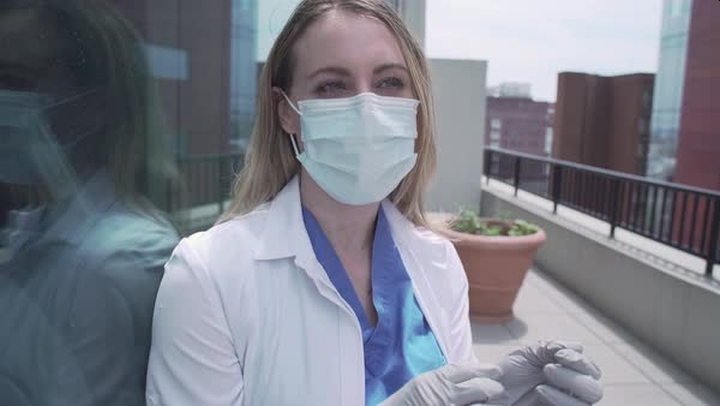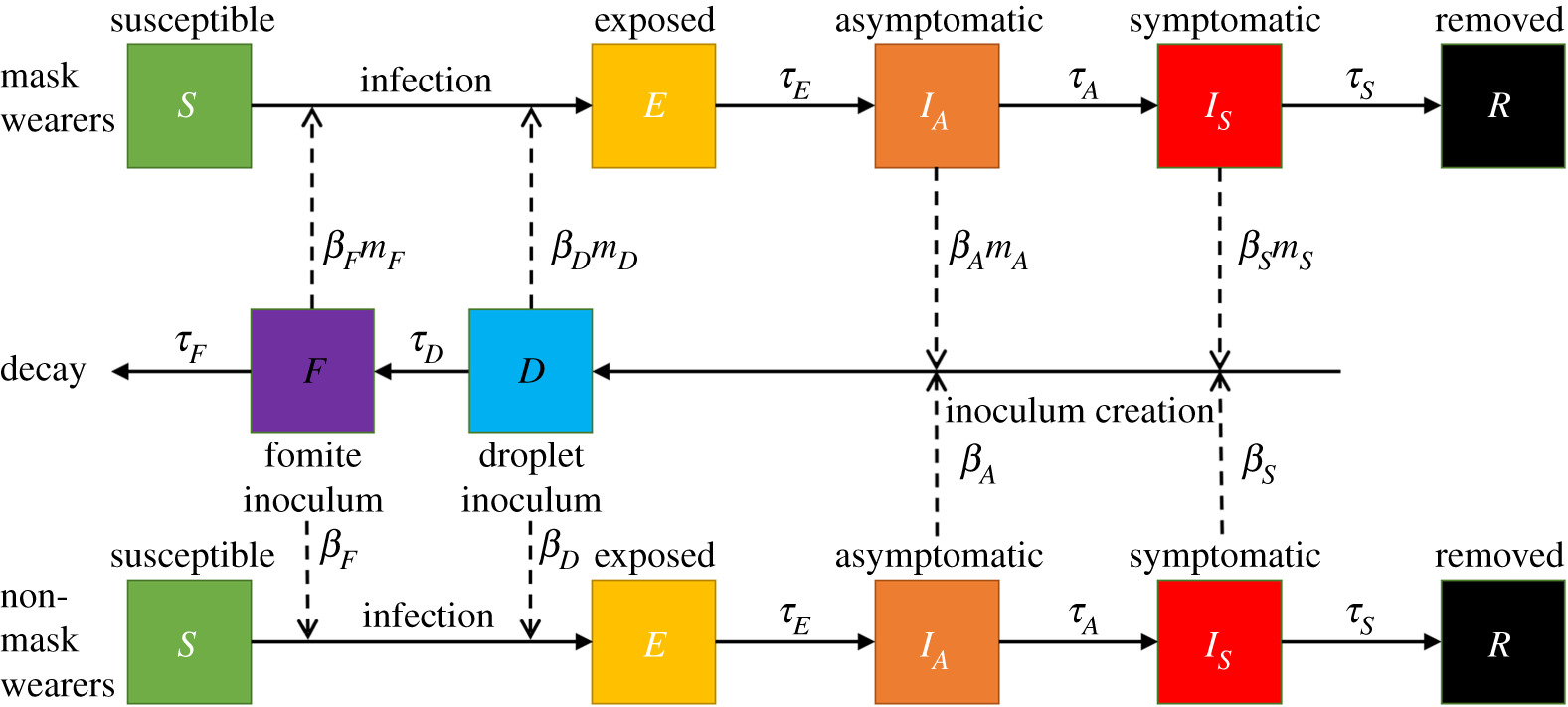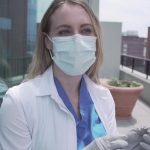Second wave of coronavirus could be prevented by wearing masks, British researchers say

Late last month, we wrote about a study that showed there will not be a second wave of coronavirus. The predictive model developed by a team of scientists at the Singapore University of Technology Innovation Lab, predicted the US will be free of coronavirus by November 11.
However, what about if the projection turns out to be wrong? There is a piece of good news coming out from a new study conducted a team of British researchers. The research study, led by scientists at the Britain’s Cambridge and Greenwich Universities and published in the journal, Proceedings of the Royal Society, found that widespread use of face masks combined with physical distancing and some lockdown measures can lower COVID-19 transmission and may prevent a second wave of novel coronavirus infections.
The study suggests that lockdowns alone will not stop the resurgence of the new SARS-CoV-2 coronavirus, but that even homemade masks can dramatically reduce transmission rates if enough people wear them in public.
The modelling included stages of infection and transmission via surfaces as well as air. Researchers also considered negative aspects of mask use such as increased face touching. The reproduction or ‘R’ number, the number of people an infected individual passes the virus onto, needs to stay below 1.0 for the pandemic to slow. The team used two complementary modelling approaches to test the effectiveness of facemask wearing by sections of the population in reducing the transmission rate of SARS-Cov-2 and hence in reducing the effective reproduction number, Re (the expected number of new cases caused by a single infectious individual at a given point in the epidemic)
The first model uses a branching process to investigate the reduction in transmission by wearing facemasks, in order to assess the likely effectiveness of two control variables in reducing Re for the pathogen
In the second model, we adapt the common SIR formulation, to which we add free-living SARS-CoV-2 particles transmitted by inhalation from droplet inoculum and by touch and contact with facial orifices from the fomite inoculum deposited on surfaces (§2b(i)). The model is used to consider the likely impacts of facemask wearing in combination with phases of lock-down, interspersed with release from them.
To implement control by wearing facemasks, the team assumed that a proportion of the population (p) is wearing a mask. On a day when an individual wears a facemask, the relative infectiousness is reduced by (1 − γ), where γ is the effectiveness of a facemask in reducing transmissibility. The team also explored two scenarios: wearing a facemask after the onset of symptoms and wearing a facemask all the time. The model structure is summarized in diagram below.

Figure 2. Schematic of the SIR framework model for interacting populations of facemask and non-facemask wearers, in which transmission pathways are distinguished between (i) inoculum creation by asymptomatic and symptomatic infected individuals and (ii) uptake/infection from droplet and fomite inoculum. The model can be adapted further to allow for cycles of population lock-downs.
The study found that if people wear masks whenever they are in public it is twice as effective at reducing ‘R’ than if masks are only worn after symptoms appear. In all modelling scenarios, routine mask use by 50 per cent or more of the population reduced COVID-19 spread to an R less than 1.0, flattening future disease waves and allowing less-stringent lockdowns.
In all the different scenarios the study looked at, the researchers found that routine face mask use by 50% or more of the population reduced COVID-19 spread to an R of less than 1.0, flattening future disease waves and allowing for less stringent lockdowns.
However, experts not directly involved in the study were divided over its conclusions. According to Reuters, Brooks Pollock, a Bristol University infectious disease modelling expert, said the likely impact of masks could be much smaller than predicted. Trish Greenhalgh, an Oxford University professor, said the findings were encouraging and suggested masks “are likely to be an effective population measure”.
“Our analyses support the immediate and universal adoption of face masks by the public,” said lead author Dr Richard Stutt from the University of Cambridge in the UK. “If widespread use of masks by the public is combined with physical distancing and some lockdown steps, it may offer an acceptable way of managing the pandemic and reopening economic activity long before there is a working vaccine,” Stutt added.
As part of the study, the research team link the dynamics of the spread between individuals with population-level models, to assess different scenarios of face mask adoption combined with periods of lockdown. The modelling included stages of infection and transmission via surfaces as well as air. Researchers also considered negative aspects of mask use such as increased face touching.
The study concludes with the following:
In summary, our modelling analyses provide support for the immediate, universal adoption of facemasks by the public, similar to what has been done in Taiwan, for example, where production will soon reach 13 million facemasks daily, with well-developed plans for N95 respirator production in the pipeline [68]. Our analyses indicate that actions to facilitate this in the UK should include clear instructions on the fabrication and safe use of home-made masks, as well as accompanying governmental policies to increase swiftly the availability of medical standard surgical, or N95 respirators, to the public.




